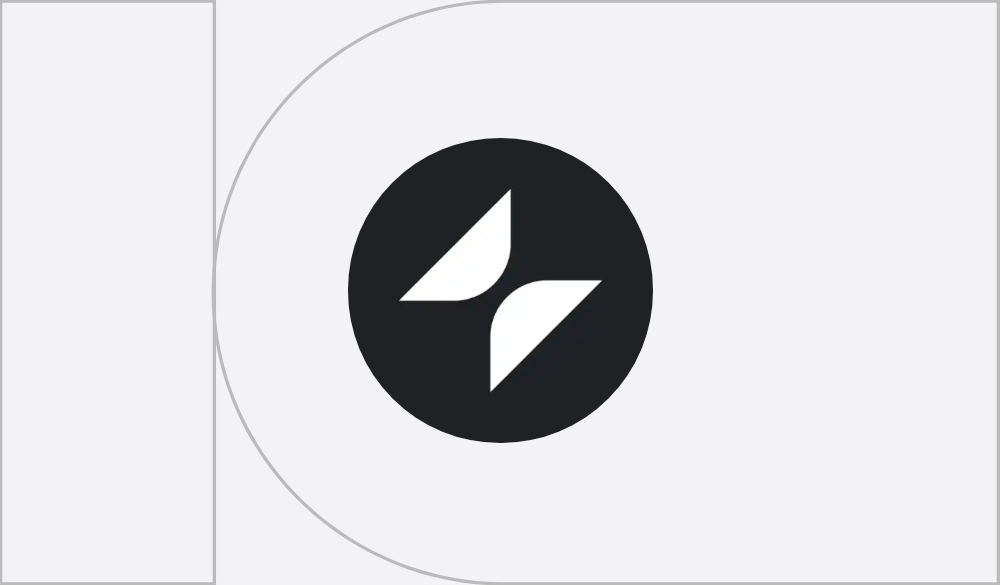No-code IRL: Creating a mobile app for technicians in the field
One app, full of critical info, has transformed how these employees carry out their work.
Table of Contents
The technicians working for Lone Star Communications have a lot of systems, networks and services to navigate as they travel from hospital to hospital. Building a mobile app full of the knowledge they need while out in the field has transformed how their employees go about their work.
The business
For more than a decade, Cliff Swizter has been working for Lone Star Communications, a provider of medical communication systems headquartered out of Texas: first as technician, then as a salesman, and nowadays as a technical consultant. If you’re based in the US, you might have benefited from the company’s products and services even if you don’t know it, because they’re used by thousands of hospitals across the US.
In modern hospitals, medical teams experience hundreds of alarms, alerts, and notifications each hour. Too much of this causes alarm overload, which impacts the efficiency and safety of operations. What Lone Star does is eliminate unnecessary communications, by enabling the patient to dim the lights, order meals or even alert the medical team that they’re in danger. When the patient does try to reach the medical team, Lone Star’s systems also ensure that the messages reach the right person or caregiver.
‘We put all the call lights in. We cable it, we wire it, we install it and then we support it for the next 20 years,’ Cliff says.
The problem
For their systems to work effectively, Lone Star must integrate its devices, which come from various third-party manufacturers, with various third-party systems in the hospital. Most commonly, this is private telephone networks, real-time locating systems, and wireless systems, but it’s also lighting systems and thermostats. This is much more tricky and cumbersome than you might think. To source the latest manuals and wiring instructions, Lone Star technicians were opening their laptops, logging onto the internet and into various manufacturers' extranets. 'If there were 15 different manufacturers, they'd log in to 15 different extranet sites,’ explains Cliff. ‘That’s not very speedy when you’re on a ladder.' They’d have to remember hundreds of passwords and, worse, if they couldn't log in, they’d have to reschedule. Some kind of digital solution was needed.
‘If there were 15 different manufacturers, they'd log in to 15 different extranet sites. That’s not very speedy when you’re on a ladder.’

How they tackled it
Step 1: Setting up a team
In 2020, Lone Star executives set up what’s now called the Division of Disruption: a team to implement technologies to improve the business. First in the division was Cliff but soon he was joined by Brian Banks, a former Lone Star technician who spent eight years as a specialist in communications security. ‘It became a giant nerd session looking at different technologies and AI,’ recalls Cliff, ‘seeing what’s out there and how we could use it to change processes.’
Step 2: Deciding on a mobile app
Soon the team decided that the best way to disrupt was to improve the resources of Lone Star’s 150 technicians out in the field, and to do that they’d build their own mobile application. ‘We decided to take all of the manuals and everything that we had and create a knowledge-based library. To put all of that information at their fingertips,’ Brian says. ‘So they can pull up a manual, a drawing, and troubleshooting guides right there. That was a major, major deal for us.’
Step 3: Finding the right platform
To build the application, Brian and Cliff used Glide, and they settled on that quickly. Brian, who has a coding background, didn’t know what to expect with no-code but he listened to Cliff, who had been experimenting with various app builders. They chose Glide because it was inquisitive, requiring absolutely no knowledge of coding, and speedy, plus it offered a great YouTube channel and a support community. With many of the other app builders, Brian realised it would ‘probably be quicker to write the code himself.’
For these reasons, Brian describes Glide as a ‘meeting ground’ for himself and Cliff. ‘It was good for me because I was able to create a conceptual idea very quickly,’ he says, ‘but it was also easy for Cliff.’ While Cliff handled the design aspect, Brian handled the integration. ‘It was a perfect partnership for this project,’ Cliff adds.
Step 4: Launching the app
Three months later, the pair introduced Techstar, as they called it. With just a few clicks on their mobile phones, Techstar enabled each technician to access not only all the technical and support documentation but also contact details about their colleagues and clients. The effects of Techstar on Lone Star’s business have been nothing short of revolutionary.

Takeaways
It has transformed technicians’ day-to-day operations
Technicians are working faster and much more efficiently. ‘Where a service technician was completing four service tickets each day, now they’re almost double that,’ Brian says. But not only are they doing faster service calls but they’re also doing fewer. ‘They’re not just guessing, wiring it up wrong and leaving,’ Cliff says.
Lone Star executives have taken note
In the 18 months since its launch, Techstar has grown. Following its early success, executives of Lone Star requested that Cliff and Brian continue building in Glide for the business and the pair also added a suggestion box to the app. Fast forward to today, and Techstar also hosts notes, learning modules and the company newsletter. ‘It started as one thing but it has slowly morphed into another thing,’ Brian says.
So, too, have others in the industry
More recently, Lone Star’s industry peers have reached out expressing their interest in having Brian and Cliff build applications for them. To serve them and various other companies, the pair have launched ProApptiv, which develops applications for midsize businesses. To date, they've built and delivered more than 50 applications but more are in development.
As the companies continue to grow, so too does their amazement. ‘Our industry typically does not hire people who can actually write code or design mobile apps or any of that,’ Brian says. 'So for someone internal, who has no coding experience, to be able to create something that creates greater efficiency, better communications, and accountability, that is what has taken us by surprise.’


Similar Tutorials
Want to read
more articles
like these?
Become a NoCode Member and get access to our community, discounts and - of course - our latest articles delivered straight to your inbox twice a month!











